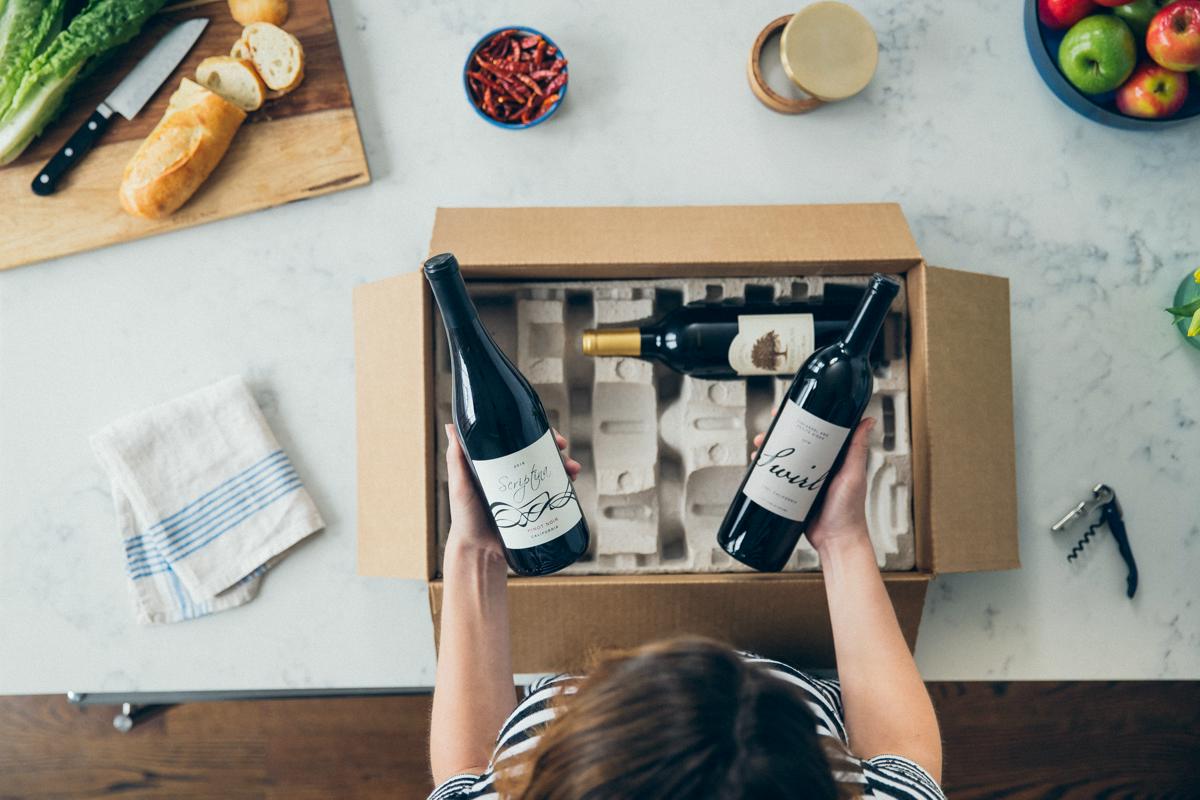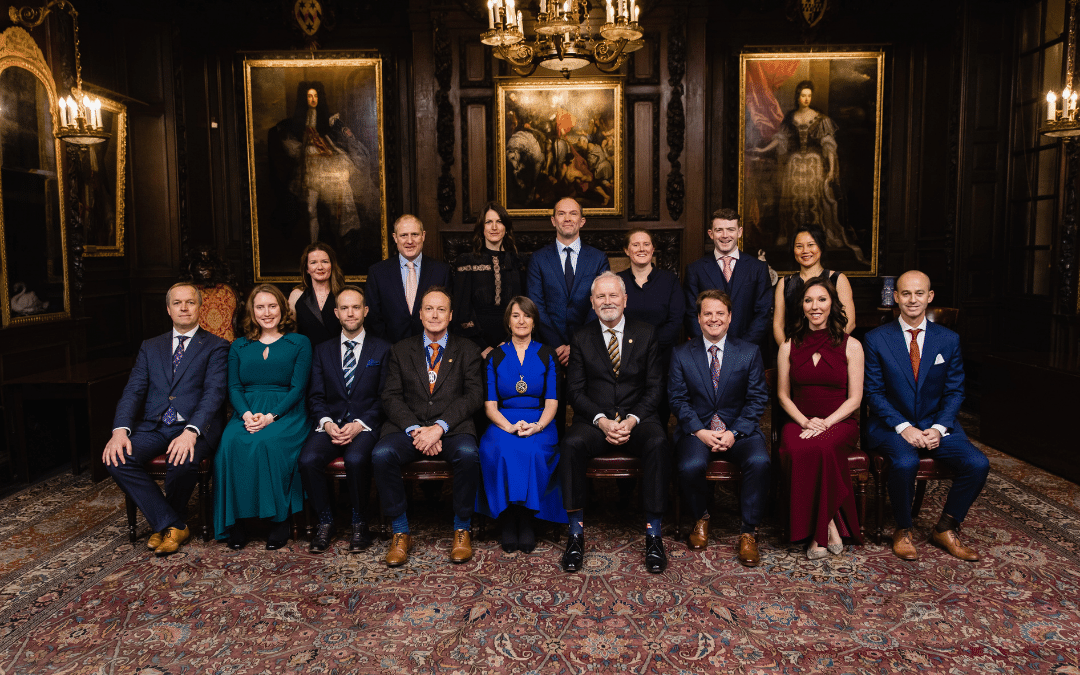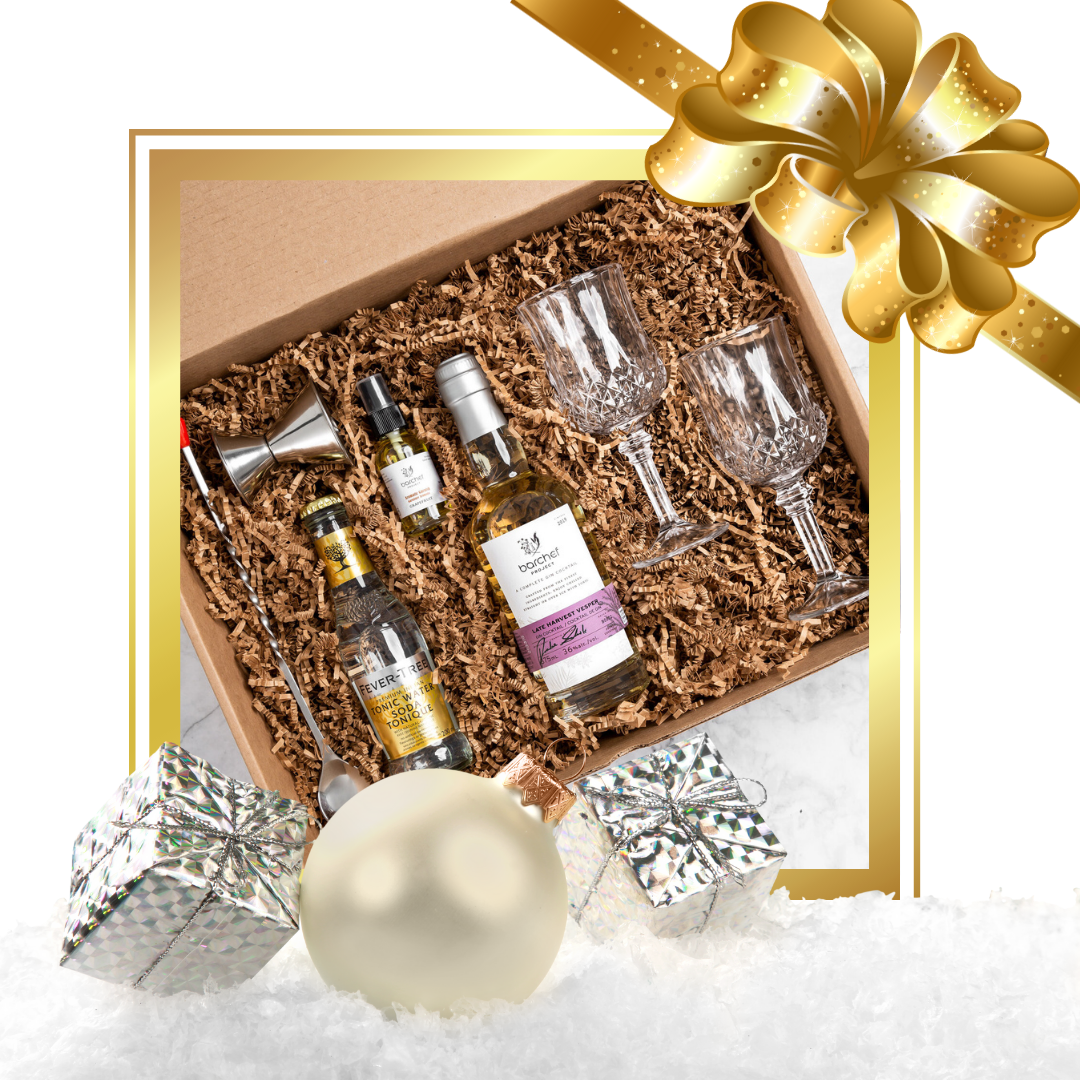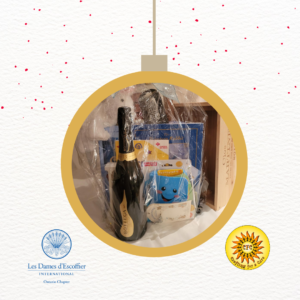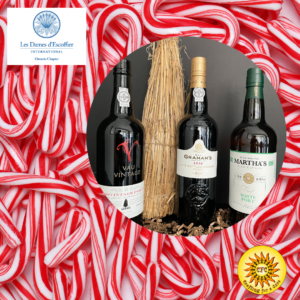Beverage alcohol has proven to be one of the most resilient product categories in the world in the Covid era, in part thanks to the drinks industry’s ability to innovate and pivot from a largely restricted or closed channel – the on-premise – to more accessible channels such as e-commerce and convenience retail, where regulation allowed.
The challenges that face the wine industry next year and beyond will be similar to those facing beverage alcohol as a whole and consumer goods generally: keep costs down while persuading consumers to trade up; improving the substance as well as the image of the category in light of increasing demands from governments for a step-change commitment to environmental and social responsibility; and making the product relevant to the next generation of legal drinking age consumers.
Here are Wine Intelligence’s five predictions for 2022:
- Global wine will get serious about ‘light-weighting’ – reducing glass packaging weight
Despite many worthy efforts over the past 3 decades, the wine industry has yet to find a way of peeling consumers away from their love of a 75cl glass bottle. Part of the problem is that glass bottles work so well from a consumer point of view: they seem more environmentally friendly than plastic, they convey reassurance by reflecting the values, tradition, and quality of wine, and they look good on a table. Last month, we reported consumer research that showed 55% considered glass to be a ‘sustainable’ form of wine packaging, compared with 35% who thought that a bag-in-box was sustainable.
Why does this matter? A standard glass wine bottle, with a typical dry weight of 500g, accounts for 29% of a wine’s carbon footprint, according to a 2011 study by PE International for the Wine Institute of California. However, there are many bottles for still wine out there which tip the scales at substantially more – with a dry weight of nearly a kilo in some cases, which pushes packaging’s share of wine’s carbon output to close to 50%, and the total carbon output up by around 10%, according to the same PE study. A lightweight bottle reduces packaging’s share substantially – by roughly 1g of carbon per gram of glass, depending on the proportion of recycled glass used, and that’s before any transportation saving. Remove the aluminium foil capsule, throw in a natural cork (and count the full benefit of carbon sequestration in a cork forest, as calculated by a study from EY, commissioned by cork manufacturer Amorim in 2019), and you have a product who’s packaging is almost carbon neutral.
Why will this change in 2022? Influential figures in the wine industry, such as Jancis Robinson MW and Tim Atkin MW, have long campaigned against heavy wine bottles. Now this powerful group of influencers is rallying a growing coalition to their cause. Crucially, this now includes major retailers, who will use their buying power (and the need to meet their own carbon reduction targets) to strong-arm suppliers into committing to lightweight glass where possible (sparkling wine will still need heavier glass to cope with gas pressure). More pragmatically, strains on the global supply chain, in terms of raw material cost increases, rising fuel and transportation costs, and retailer reluctance to pass costs on to consumers, will force producers to seek out savings wherever they are available. Unnecessary packaging will seem an obvious place to start.
- Luxury wine will need to burnish sustainability credentials
What does luxury mean today? Chewing over this topic at a gathering organized by upscale Provence wine producer Chene Bleu in London’s Linley Gallery a few weeks ago, Lucia van der Post, the leading style guru and Financial Times columnist, was unequivocal: “luxury will have to show that it is sustainable to appeal to younger consumers”. Her thesis, and that of Xavier Rolet, co-owner of Chene Bleu and former CEO of the London Stock Exchange, was that luxury brands will need to work out how to align their values, and actions, with those of the next generation of consumers. In practice this means committing as much to acting sustainably – both in human and environmental terms. The challenge for luxury brands in general, and luxury wine in particular, is to do this while not compromising the quality of the product itself.
How will this play out in 2022? Around the world, wine drinkers are trading down in volume, and trading up in quality (see also Prediction 3, below), and luxury wine is currently one of the main beneficiaries of this trend. However, when the tide of disposable income starts to ebb, as it surely will when inflation starts eating away at household incomes and travel reopens fully in the next year, consumers are likely to become more discriminatory in how they spend their money. The usual quality-and-heritage pitch will no longer be sufficient.
- The premiumization train will keep on rolling in 2022
One of the most notable silver linings of the pandemic for the wine industry has been consumers’ willingness to transfer the budgets they would have spent in going out and travel into higher quality food and beverages for the home. After an initial blip during the first period of lockdown, the premium and super-premium price categories of wine, which in the US context means wines selling for USD 10-20 and over USD 20 per bottle respectively, have bounced back by +2-4% in volume terms in the first 6 months of 2021, according to IWSR data. At the very top end, the Liv-Ex Fine Wine 100 Index, which measures the prices of the most sought-after fine wines in the secondary market, hit an all-time high in October, capping an impressive 17 month run of increases.
The trend to spend a bit more has of course been with us since well before Covid, and is closely linked with the trend to drink less volume of wine. Wine Intelligence data shows that 39% of consumers in key consumption markets around the world are actively moderating their wine consumption, rising to over 50% in markets such as Netherlands and Switzerland. Wine producers have also been innovating and promoting their premium offerings assiduously, as the profit margins on these products are orders of magnitude higher compared with low-priced wines, thanks largely to the impact of fixed value taxes that are levied on alcohol by volume.
Three factors will fuel the wine premiumization train in 2022: the reluctance of some consumers – particularly the Boomer cohort –to re-engage with the on-premise and travel, which will reserve more of their budgets for at-home entertaining; the increasing influence of Millennials within most wine markets, who have been the biggest drivers of the drink-less-but-better movement; and a nasty inflationary crunch in the supply chain, combining the disastrous northern hemisphere wine harvest of 2021, which the OIV estimates reduced wine volumes by an estimated 18%, and rising energy, dry goods and transport costs.
- Wine in cans will become low-alcohol wine RTDs in cans (and small bottles)
Canned wine made huge strides in 2021, both from a technical and a sales point of view, and this will continue in 2022. However, the big innovation will come from industry building new product sub-categories in wine that hit both of the growing trends of the 2020s: wine in a portable, single serve format, with a low-alcohol formulation that turns it from wine to a wine-based sparkling drink. The continued growth of RTDs, especially in the US, is being led by an unprecedented bout of innovation in the category, and remains on course to grow substantially in 2022, according to forecasts from the IWSR. More astute RTD manufacturers are looking for ways in which they can premiumize their offering (tapping into the same trends as discussed in Prediction #3, above), which at the moment is largely focused around spirits-based beverages, using premium branded whiskies, rums and gins to drive consumer demand up the price ladder. There is also an increasing focus on flavour, according to the IWSR’s in-house market experts, which will see a shakeout of poorly formulated, low-value RTDs. Eventually, we think, the same logic of successful RTD innovation – marquee brands, better flavours – will be applied to premium wine products. We expect the first movers here will be the sparkling wine producers, especially Champagne houses with an eye on extending their reach into the low alcohol / single serve space.
- Wine industry needs to do battle for global talent
Most of the wine industry would agree that it is a fun place to work. Unlike most other industries, wine can offer a unrivalled mix of intellectual challenges. What other industry requires its leaders to be part-farmer, part-chemist, part-production expert, part-salesperson, and part-marketing guru? In recent years it has attracted talented, well-educated and passionate people from the Millennial generation, drawn by its vast complexity, heritage and multifaceted work challenges, as well as the romantic notions of working in harmony with nature that wine still manages to conjure.
That’s the good news. The more troubling news is that there are now many other exciting things for the next generation of global talent to work on. The war for their services is taking on a new dimension, driven primarily by the rise of global technology giants backed by vast quantities of investment cash. True, working for TikTok may not offer time in a field, bottling line or upscale retailer, but the financial rewards can be astounding. For the moment, the battle for talent is being fought in other sectors – global accountancy and financial services firms are finding their conveyor belt of talent picked apart by the top technology firms, who can offer starting salaries of well over USD 100,000 per year, according to research published by Payscale.
In on-premise, a field much closer to the wine industry, a corresponding re-valuation of talent is already happening. A survey of its own job postings released in June 2021 by Reed, the largest recruitment agency in the UK, found that hospitality and catering staff jobs were being advertised with salaries 18% higher on average in May 2021 compared with the previous year. The most eye-opening number in this survey was the 43% increase in salaries offered for restaurant kitchen staff.
While wages are obviously important to workers, they are not the only thing that matters. Surveys of younger workers from the Millennial and Gen-Z age cohorts focus on consistent requirements from employment: being part of an ethically sound business, transparency and fairness in the workplace, purpose, autonomy, and opportunities to develop. As with many other industries, wine is going to need to up its game in 2022, not just in terms of money, but also in its ability to offer more holistic rewards to its workforce.
#winetrends #wine #winelovers #instawine #winenews #wineeconomics #winebusiness #wineintelligence #finewine #luxurywine #rtds #wineinstagram

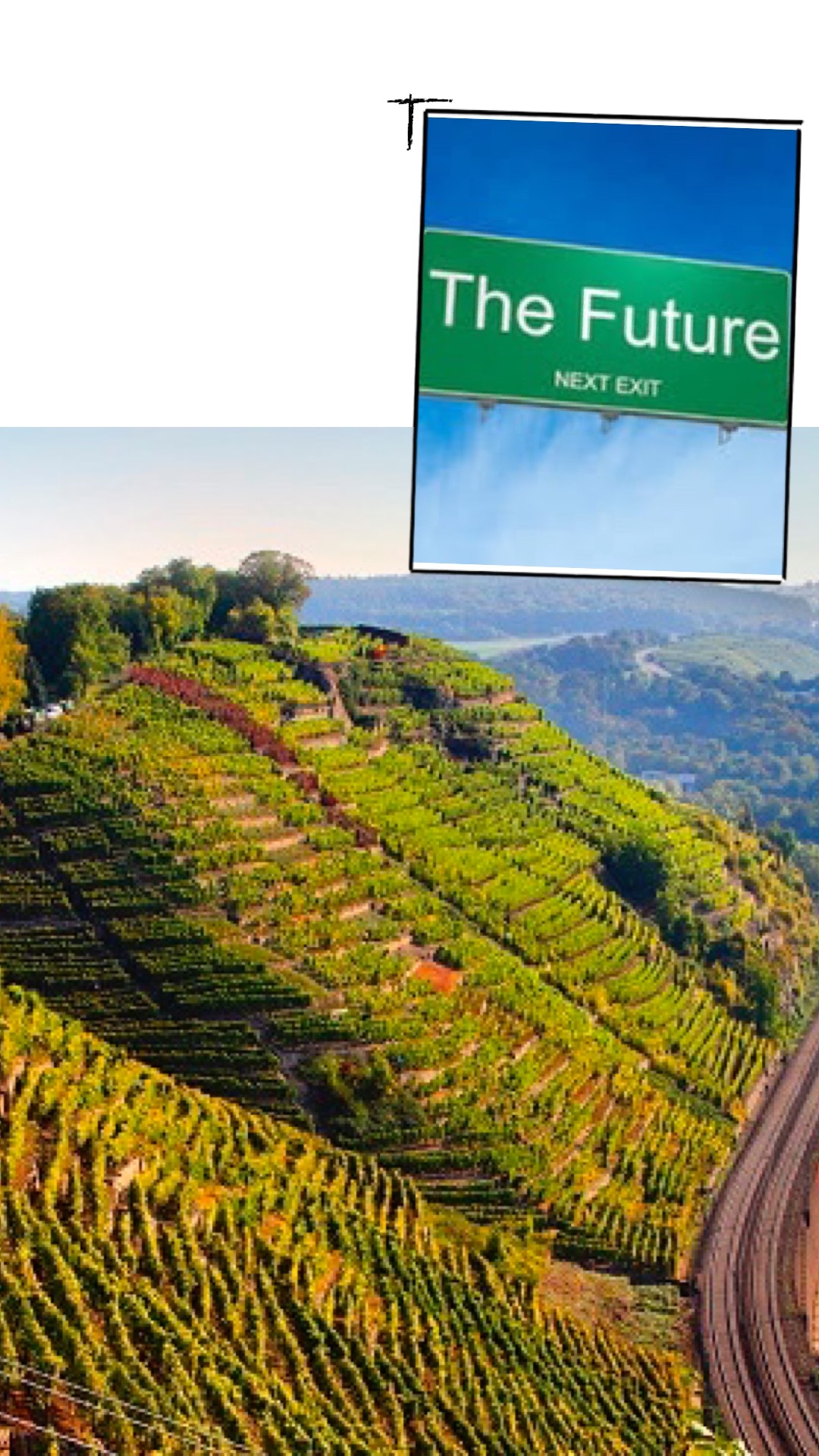
![The 2021 Fine Wine Market Report [Liv-ex]](https://www.liz-palmer.com/wp-content/uploads/2021/12/Image-1.jpg)
